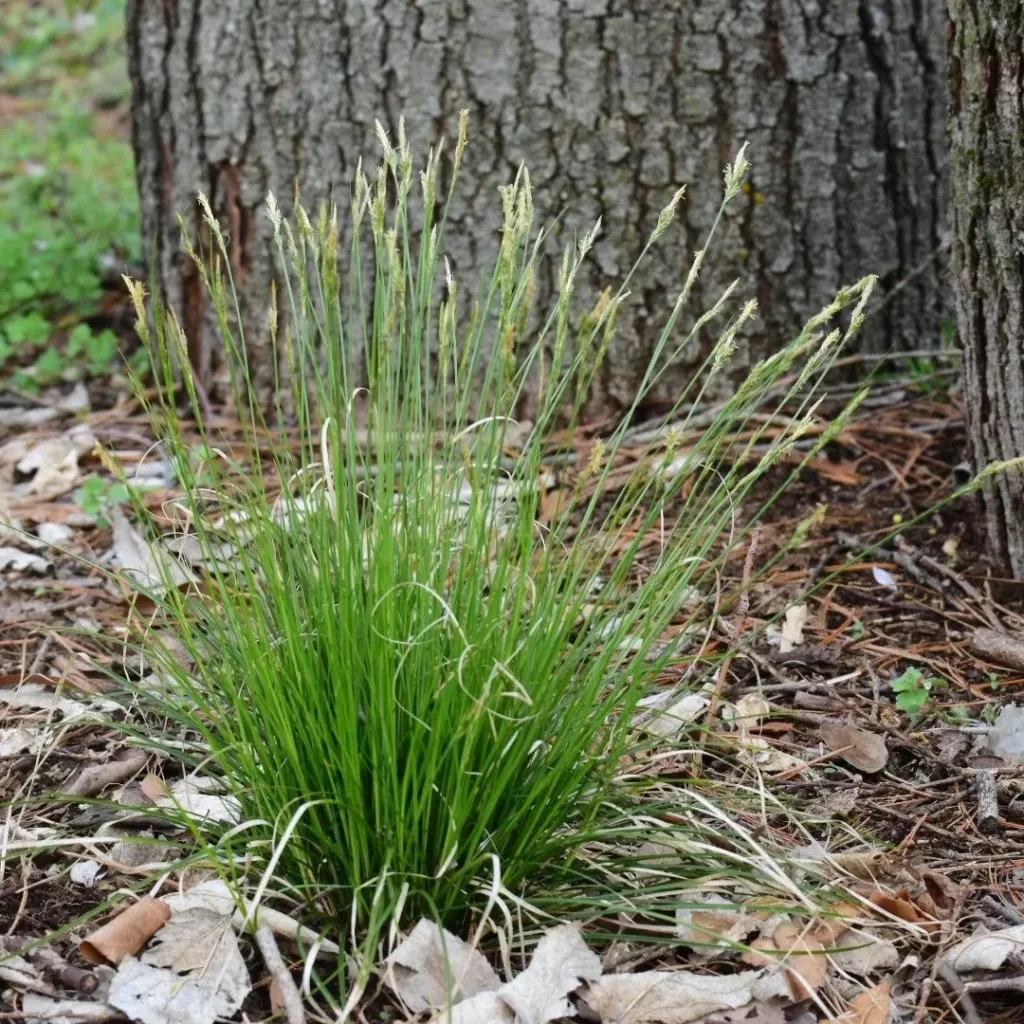FAQs About Citrus Medica
As an avid plant enthusiast, I’ve often been captivated by the unique characteristics of various citrus plants. One that particularly stands out to me is Citrus Medica, commonly known as the Buddha’s hand. Its distinctive shape and fragrance have led to numerous questions about its growth, care, and benefits. In this article, I’ll address some frequently asked questions about Citrus Medica, sharing my personal experiences along the way.
32 Species in Genus Citrus
What is Citrus Medica?
Citrus Medica is a unique citrus species known for its finger-like fruit, which resembles a hand. Originating from Asia, this tree is not just visually striking but also holds cultural significance, especially in East Asia. It’s often used in religious ceremonies and as a symbol of good fortune. The fruit has a strong lemony fragrance, and while it’s not typically consumed in the same way as other citrus fruits, it can be used to make candied peel, zest, or even as a fragrant addition to drinks.
Where Does Citrus Medica Grow?
Citrus Medica thrives in subtropical and tropical climates. It prefers well-drained soil and a sunny location, ideally receiving at least six hours of sunlight daily. In my experience, this plant does well in pots, which allows me to move it to sunnier spots if needed. If you’re in a colder climate, consider bringing it indoors during winter months.
How to Grow Citrus Medica?
Growing Citrus Medica can be rewarding, but it requires some attention. Here’s a simple guide based on my experience:
- Soil: Use a well-draining potting mix, ideally with added perlite or sand to ensure good drainage.
- Light: Place your tree in a spot where it can get plenty of sunlight. If you’re growing it indoors, a south-facing window is ideal.
- Watering: Water regularly, allowing the top inch of soil to dry out between waterings. Be careful not to overwater, as this can lead to root rot.
- Fertilizing: During the growing season (spring and summer), I use a balanced citrus fertilizer every month to promote healthy growth.
- Pruning: Regular pruning helps maintain its shape and encourages bushier growth. I usually prune after the fruiting season to allow new growth.
How to Care For Citrus Medica?
Caring for Citrus Medica involves a few essential practices:
- Humidity: This plant enjoys humidity, so if you’re in a dry area, consider misting it or using a humidity tray.
- Temperature: Keep it in a warm environment. It prefers temperatures between 65°F and 85°F (18°C to 29°C).
- Pest Control: Watch out for pests like aphids and spider mites. I’ve found that a gentle spray of neem oil works wonders in keeping these pests at bay.
How to Propagate Citrus Medica?
Propagation of Citrus Medica can be done through seeds or cuttings. I’ve had success with both methods:
- Seeds: Plant fresh seeds in a seed-starting mix and keep them moist. Germination can take several weeks.
- Cuttings: Take semi-hardwood cuttings in late spring. Dip them in rooting hormone and plant them in a well-draining medium. Keep them in a humid environment until roots develop.
Can You Grow Citrus Medica Indoors?
Absolutely! Citrus Medica can be grown indoors, as long as it receives enough sunlight. I’ve had mine indoors during the winter months, placing it near a bright window. Just ensure to rotate the pot occasionally so that all sides receive equal sunlight.
Is Citrus Medica Toxic?
Citrus Medica is generally considered non-toxic to pets and humans. However, while the fruit is aromatic, it’s not typically eaten raw. Always ensure that any plant you bring into your home is safe for your specific pets or children.
What Are the Benefits of Growing Citrus Medica?
Growing Citrus Medica comes with several benefits. Its fragrant fruit can enhance the atmosphere of any room, and the tree itself can be a beautiful addition to your garden or indoor space. Plus, if you’re into culinary adventures, the zest and peel can elevate your dishes, adding a unique flavor profile.
Common Problems with Citrus Medica
While Citrus Medica is relatively hardy, it can face some common issues:
- Yellowing Leaves: This can indicate overwatering or a nutrient deficiency. I usually check the soil moisture before taking action.
- Poor Fruit Production: If your tree isn’t producing fruit, it might not be getting enough sunlight or proper fertilization. Ensuring it’s well-fed and in a sunny spot has helped me immensely.
How Does Citrus Medica Compare with Other Citrus Plants?
Citrus Medica is often confused with other citrus varieties like lemon or lime due to its appearance. However, what sets it apart is its unique shape and intense fragrance. Unlike common citrus fruits, the Buddha’s hand is primarily used for its zest and aromatic qualities rather than for direct consumption.
In conclusion, Citrus Medica is a fascinating plant that offers both beauty and unique culinary opportunities. Whether you’re growing it for its stunning appearance or its fragrant fruit, understanding how to care for it is key to a thriving plant. Happy gardening!



